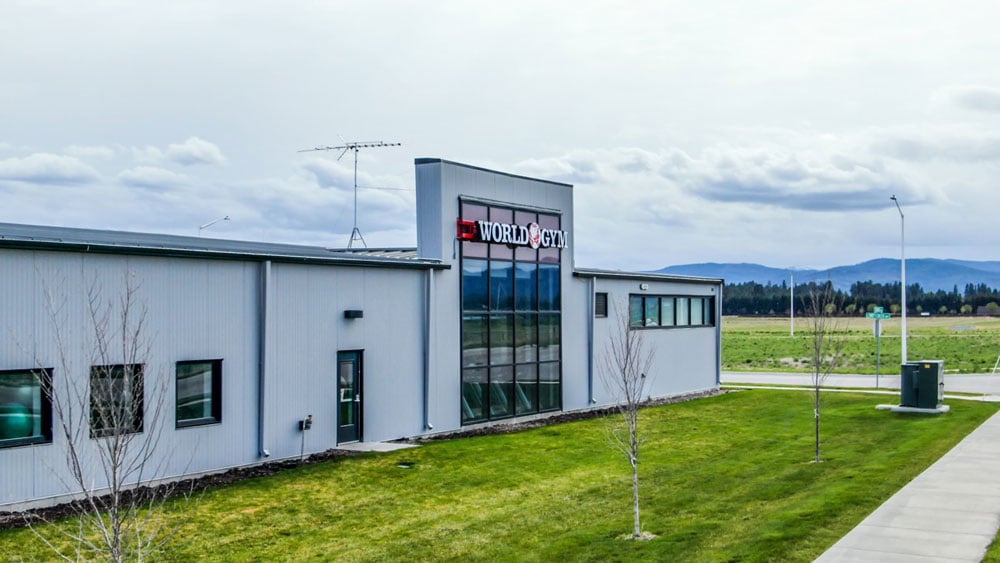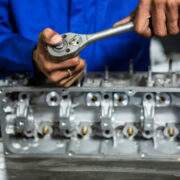
Introduction
Beehive requeening is an essential practice that every dedicated beekeeper must master. It is not only about replacing an old queen but also about ensuring the prosperity and sustainability of your bee colonies. In this comprehensive guide, we will explore the various aspects of beehive requeening and equip you with the knowledge to carry out this critical process effectively.
The Science Behind Beehive Requeening
1.1 Understanding Queen Pheromones
Queen pheromones play a vital role in maintaining colony cohesion and productivity. When requeening, the new queen’s pheromones need to be gradually accepted by the worker bees. This process ensures a smooth transition and prevents the colony from rejecting the new queen.
1.2 Supersedure vs. Emergency Requeening
There are two primary scenarios for requeening: supersedure and emergency requeening. Supersedure occurs when the colony replaces an aging or failing queen in a controlled manner. Emergency requeening happens when the queen unexpectedly dies or is lost, requiring immediate replacement to prevent colony collapse.
Preparing for Beehive Requeening
2.1 Assessing Queen Performance
Regular hive inspections are essential in assessing your queen’s performance. Keep records of her egg-laying patterns, behavior, and overall health. This documentation will help you determine the right time for requeening.
2.2 Queen Rearing
Beekeepers can choose between purchasing queens or rearing their own. Queen rearing allows for the selection of desirable traits, ensuring the introduction of strong and genetically superior queens into the colony.
Methods of Beehive Requeening
3.1 The Newspaper Method
The newspaper method is a popular and effective way to introduce a new queen to the colony. Place a sheet of newspaper with a few slits over the brood frames, and on top of it, position the new queen and her attendants. The worker bees will chew through the paper, gradually accepting the new queen during the process.
3.2 The Push-In Cage Method
In the push-in cage method, a queen cage is temporarily inserted into the comb with the brood. The cage prevents direct contact with the worker bees, allowing them to acclimate to the new queen’s scent before her release.
Monitoring the Requeening Process
4.1 Patience and Observation
The requeening process requires patience and careful observation. Avoid disturbing the hive excessively during this period, as it may disrupt the acceptance process. Monitor the hive’s behavior from a distance to ensure a smooth transition.
4.2 Confirming Acceptance
After a few days, carefully check the hive to see if the new queen has been released from the cage or if the worker bees have chewed through the newspaper. The presence of the new queen roaming freely among the workers indicates a successful requeening.
The Importance of Genetics in Requeening
5.1 Queen Breeding Programs
To ensure the best possible queens for requeening, consider participating in queen breeding programs. These programs focus on breeding queens with specific traits, such as disease resistance and honey production, to improve overall hive performance.
5.2 Genetic Diversity
Maintaining genetic diversity in your apiary is crucial to prevent inbreeding and the potential decline of desirable traits. Introduce queens from different genetic lines to maintain the health and vitality of your colonies.
Conclusion
Beehive requeening is an intricate yet rewarding practice that empowers beekeepers to nurture thriving bee colonies. By understanding the science behind requeening, preparing adequately, and employing suitable methods, you can ensure a seamless transition for your bees. Remember that patience, observation, and dedication are key to a successful beehive requeening process. Embrace this journey, and your beekeeping endeavors will flourish with robust and prosperous colonies. Happy beekeeping!














